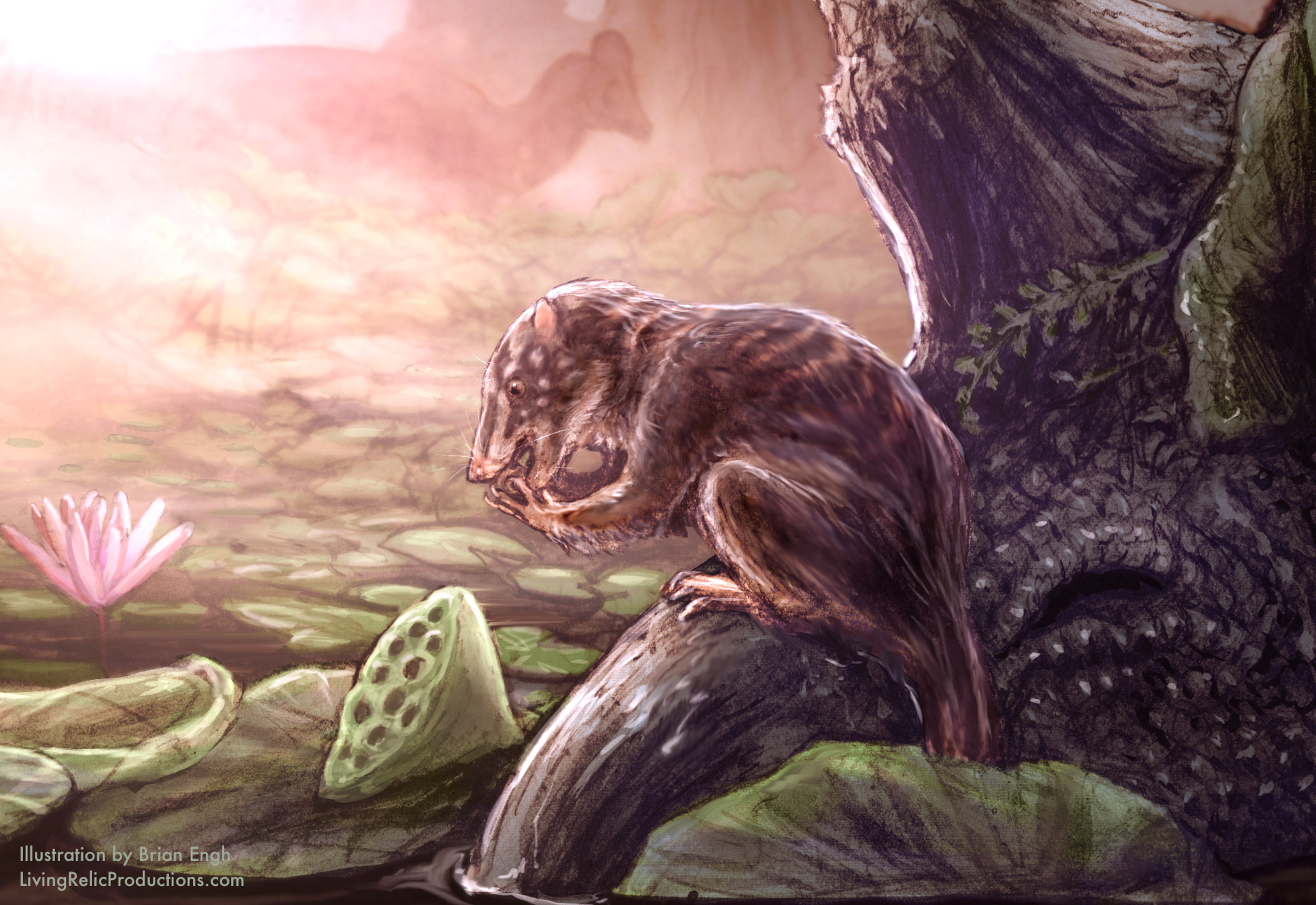Paleontologists have made an exciting discovery in Colorado, uncovering a new species of prehistoric mammal that thrived during the age of the dinosaurs—specifically, in swampy environments.
A study published in PLOS ONE offers the first description of this species, which is dated to around 70 to 75 million years ago during the Late Cretaceous period. Fossils, including a piece of jawbone and three molars, were unearthed near Rangely, Colorado. Researchers have named this intriguing creature Heleocola piceanus, with “Heleocola” indicating its swampy habitat.

During the Late Cretaceous, a massive inland sea known as the Western Interior Seaway divided North America into two landmasses: Laramidia to the west and Appalachia to the east. Much of what is today eastern Colorado was submerged beneath these shallow waters, while western Colorado remained above sea level, potentially featuring swampy regions along the seaway’s edge.
Around 70 million years ago, this part of Colorado was a dynamic area where land met water. According to researcher Eberle, Heleocola was discovered in the Williams Fork Formation, a site characterized by ancient river channels, swamps, and deltas. “The fossil assemblage suggests that Heleocola lived in a low-lying, swampy environment, which had a variety of land and water creatures,” he explained.
This habitat would have housed a range of animals, from turtles to duck-billed dinosaurs and even giant crocodiles, making it reminiscent of present-day Louisiana, as noted by researcher Rebecca Hunt-Foster.

While H. piceanus was relatively small compared to many modern mammals, it was quite large for its time, possibly weighing around 2 pounds—significantly larger than most mammals of the Late Cretaceous, which were typically rodent-sized. “These findings reveal that not all mammals from that era were small,” Eberle remarked. “We’re seeing some larger species emerge from the Late Cretaceous, challenging our previous assumptions.”
